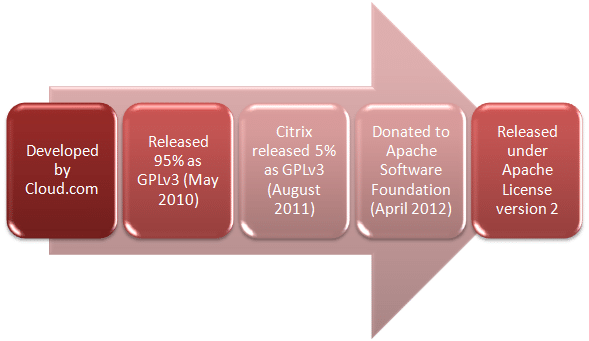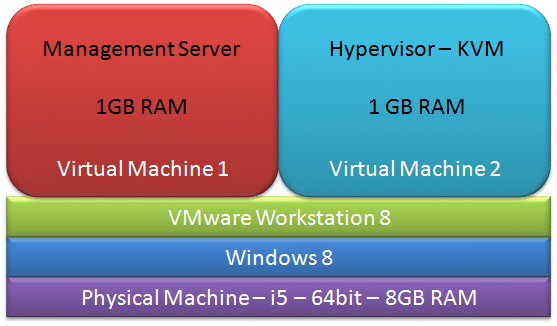Here’s an open source IaaS platform to set up an on-demand, elastic cloud computing service. It enables utility computing services by allowing cloud service providers to offer self-service compute instances, storage volumes and networking configurations, and to set up a private cloud for internal use.
Apache CloudStack is an open source, multi-tenanted cloud orchestration platform, which is used to build private, public and hybrid IaaS clouds by pooling computing resources. It manages computing, networking and storage resources. CloudStack is hypervisor agnostic; it uses multiple virtualisation platforms such as KVM, vSphere and XenServer. It supports the Amazon Web Services API, apart from its own APIs.
Features and use cases
CloudStack supports Citrix XenServer, VMware vSphere and KVM on Ubuntu or CentOS. It can manage multiple geographically distributed data centres. The CloudStack API gives programmatic access to all managed resources and hence it is easier to create command line tools. Multi-node installation support and load balancing makes it highly available. In addition, MySQL replication is also useful for maintaining high availability.
Service providers and organisations use CloudStack to set up an elastic and on-demand IaaS. It can also be used to set up an on-premise private cloud behind the organisation’s firewall for internal purposes like gaining better control over infrastructure.
CloudStack components
A host is a computer that provides the computing resources such as the CPU, storage, memory, networking, etc, to run the virtual machines. Each host has a hypervisor installed to manage the VMs. As CloudStack is hypervisor agnostic, multiple hypervisor-enabled servers such as a Linux KVM-enabled server, a Citrix XenServer server and an ESXi server can be used.
One or more primary storage is coupled with a cluster that stores the disk volumes for all the VMs running on hosts in that specific cluster.
A cluster consists of one or more hosts and one or more primary storage servers. In other words, a cluster can be considered as a set of XenServer servers or a set of KVM servers.
A CloudStack pod represents a single rack. A CloudStack pod consists of one or more clusters of hosts and one or more primary storage servers. Hosts in the same pod are in the same subnet.
A zone typically corresponds to a single data centre; it is permissible to have multiple zones in a data centre. Pods are contained within zones. Each zone can contain one or more pods. Zones can be public or private.
Secondary storage is shared by all the pods in the zone that stores templates, ISO images and disk volume snapshots.
CloudStack supports two types of networking basic networking for AWS style networking and advanced networking for more sophisticated network topologies.
Deployment architecture
A CloudStack installation consists of a management server and the cloud infrastructure. Hosts, storage and IP addresses are managed by the management server. The minimum installation consists of one virtual machine running the CloudStack management server and another virtual machine to act as the cloud infrastructurethe host running the hypervisor software.
The management server manages cloud resources, and the administrator can manage and interact with the management server by using a UI and APIs. It also managew s the assignment of guest VMs to particular hosts, the assignment of public and private IP addresses, templates and ISO images, as well as snapshots.


The CloudStack API
The CloudStack API supports three access roles: root admin, domain admin and user. The root admin can access all the features in addition to both virtual and physical resource management; the domain admin can access only the virtual resources that belong to the administrator’s domain, while the user can access the features that allow the management of the users virtual machines, storage and network.
To use the CloudStack API, knowledge of Java or PHP, HTTP GET/POST and query strings, XML or JSON, URL of the CloudStack server, and API key and secret key is necessary.
















































































